Anniversary of October 5 anti-regime protests
Today marks 12 years since mass protests organized in Belgrade by opposition parties, that ended in the toppling of the regime of Slobodan Milošević.
Friday, 05.10.2012.
14:11

BELGRADE Today marks 12 years since mass protests organized in Belgrade by opposition parties, that ended in the toppling of the regime of Slobodan Milosevic. However, Serbian citizens are today disappointed with what has left of the October 5 changes. Anniversary of October 5 anti-regime protests The protests broke out after Milosevic refused to accept results of the presidential election on September 24, 2000. He lost to Democratic Opposition of Serbia (DOS) coalition’s candidate Vojislav Kostunica who won 50.24 percent of the vote, while Milosevic won 37.15 percent. After several days of protests and strikes across Serbia, the central protest was held on October 5 in Belgrade where hundreds of thousands of people responded to the call of DOS led by Zoran Djindjic. The October 5 demonstrations were a culmination of a series of protests against the Federal Electoral Commission’s decision to hold a presidential run-off. Towns across Serbia had been paralyzed by strikes for days. One of the strongest blows to the regimes was given by Kolubara coal mine workers who did not stop the strike despite threats. (Vreme, file) The demonstrators arrived in front of the Federal parliament in buses, cars and trucks from the entire country, using bulldozers to force their way through police roadblocks. Police used teargas in the morning in order to prevent the protesters from entering parliament but were not successful. The protesters led by New Serbia (NS) leader Velimir Ilic entered the building around 15:00 CET. The building was quickly demolished and set on fire, just like the Radio Television of Serbia (RTS) headquarters in nearby Takovska Street. RTS Director Dragoljub Milanovic was attacked and beaten by the protesters in Tasmajdan Park. One of the heroes of the protest was Ljubisav Djokic aka Joe the Bulldozer who led the attack on the RTS headquarters with his bulldozer. The police soon joined the protesters. New Federal Republic of Yugoslavia’s President Kostunica addressed the citizens from a Belgrade City Hall balcony in the evening. Vojislav Kostunica addresses citizens on October 5, 2000 (Vreme, file) Milosevic admitted to the election defeat and congratulated Kostunica on October 6. Jasmina Jovanovic died during the protest after falling under a moving truck, Momcilo Stakic died of a heart attack and 65 people were injured. A memorial to Jovanovic was erected a year later in downtown Belgrade, near the place where she lost her life. Trade Minister Rasim Ljajic and Finance and Economy Minister Mladjan Dinkic are the only DOS leaders who have been in power ever since October 5, 2001. Ilic, who is currently the construction minister, has also returned to power after the May election. The Socialist Party of Serbia (SPS) returned to power in 2008. After reconciliation with the Democratic Party (DS), the Socialists became a part of the ruling coalition. The SPS helped vote in Kostunica’s minority government in March 2004. Two protesters are seen looting the parliament building (Vreme, file) The DS, which was a key party in DOS 12 years ago, is today in the opposition and it is facing numerous challenges. Months after losing the parliamentary and presidential elections, the DS is unable to consolidate itself while leader Boris Tadic and deputy leader Dragan Djilas are struggling for power. Milosevic died of a heart attack on March 11, 2006 in the Hague Tribunal prison cell. He was arrested in April 2001 in Belgrade and extradited to The Hague on June 28. He was tried for genocide in Bosnia-Herzegovina and war crimes and crimes against humanity in Croatia and Kosovo. 12 years later, life is still hard in Serbia. Economic situation is extremely difficult and the country is still far away from the EU. Serbia is today led by President Tomislav Nikolic, SPS leader Ivica Dacic, who is a prime minister, and the most powerful party is Aleksandar Vucic's Serbian Progressive Party (SNS). B92
Anniversary of October 5 anti-regime protests
The protests broke out after Milošević refused to accept results of the presidential election on September 24, 2000. He lost to Democratic Opposition of Serbia (DOS) coalition’s candidate Vojislav Koštunica who won 50.24 percent of the vote, while Milošević won 37.15 percent.After several days of protests and strikes across Serbia, the central protest was held on October 5 in Belgrade where hundreds of thousands of people responded to the call of DOS led by Zoran Đinđić.
The October 5 demonstrations were a culmination of a series of protests against the Federal Electoral Commission’s decision to hold a presidential run-off.
Towns across Serbia had been paralyzed by strikes for days. One of the strongest blows to the regimes was given by Kolubara coal mine workers who did not stop the strike despite threats.

Police used teargas in the morning in order to prevent the protesters from entering parliament but were not successful. The protesters led by New Serbia (NS) leader Velimir Ilić entered the building around 15:00 CET. The building was quickly demolished and set on fire, just like the Radio Television of Serbia (RTS) headquarters in nearby Takovska Street.
RTS Director Dragoljub Milanović was attacked and beaten by the protesters in Tašmajdan Park.
One of the heroes of the protest was Ljubisav Đokić aka Joe the Bulldozer who led the attack on the RTS headquarters with his bulldozer.
The police soon joined the protesters. New Federal Republic of Yugoslavia’s President Koštunica addressed the citizens from a Belgrade City Hall balcony in the evening.

Jasmina Jovanović died during the protest after falling under a moving truck, Momčilo Stakić died of a heart attack and 65 people were injured.
A memorial to Jovanović was erected a year later in downtown Belgrade, near the place where she lost her life.
Trade Minister Rasim Ljajić and Finance and Economy Minister Mlađan Dinkić are the only DOS leaders who have been in power ever since October 5, 2001. Ilić, who is currently the construction minister, has also returned to power after the May election.
The Socialist Party of Serbia (SPS) returned to power in 2008. After reconciliation with the Democratic Party (DS), the Socialists became a part of the ruling coalition.
The SPS helped vote in Koštunica’s minority government in March 2004. The DS, which was a key party in DOS 12 years ago, is today in the opposition and it is facing numerous challenges. Months after losing the parliamentary and presidential elections, the DS is unable to consolidate itself while leader Boris Tadić and deputy leader Dragan Đilas are struggling for power.
Milošević died of a heart attack on March 11, 2006 in the Hague Tribunal prison cell. He was arrested in April 2001 in Belgrade and extradited to The Hague on June 28. He was tried for genocide in Bosnia-Herzegovina and war crimes and crimes against humanity in Croatia and Kosovo.
12 years later, life is still hard in Serbia. Economic situation is extremely difficult and the country is still far away from the EU.
Serbia is today led by President Tomislav Nikolić, SPS leader Ivica Dačić, who is a prime minister, and the most powerful party is Aleksandar Vučić's Serbian Progressive Party (SNS).


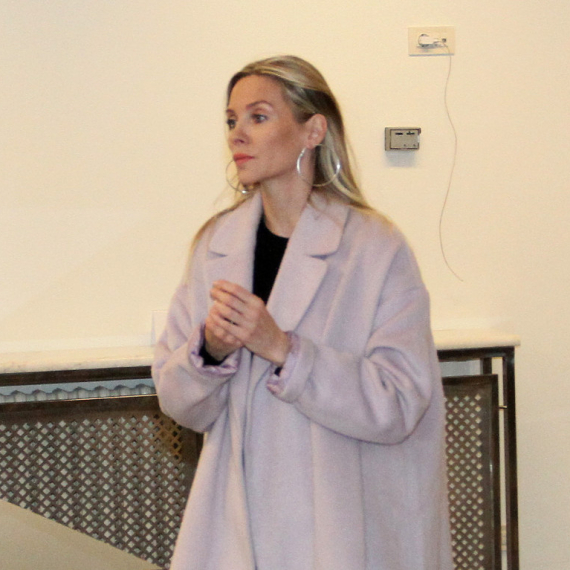
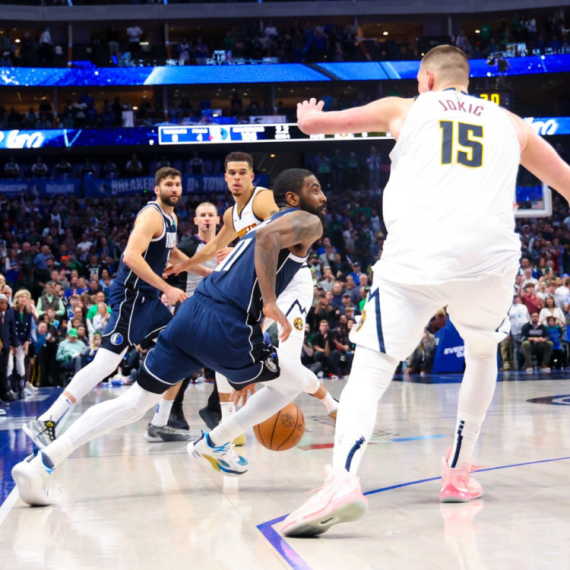
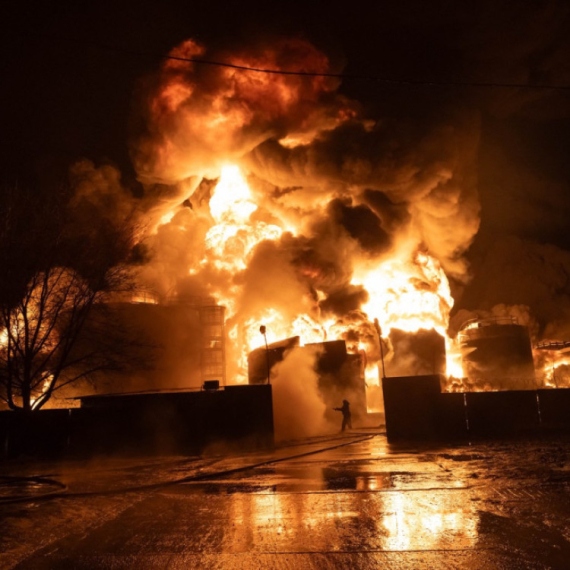
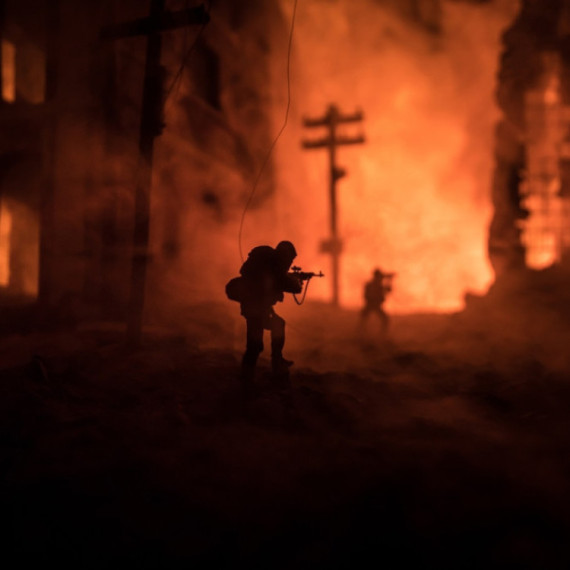
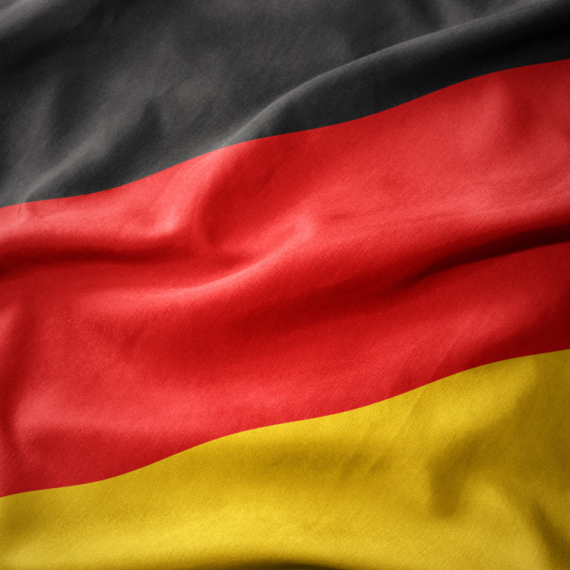



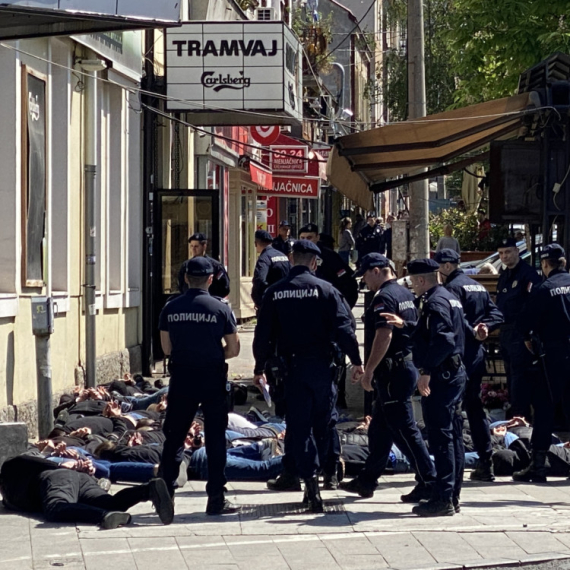

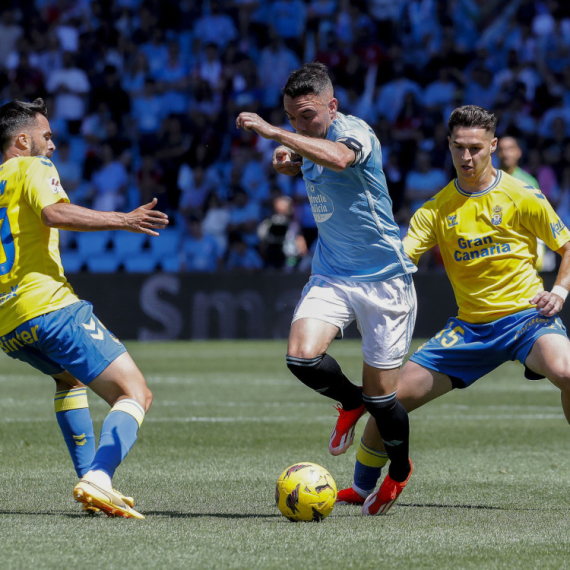
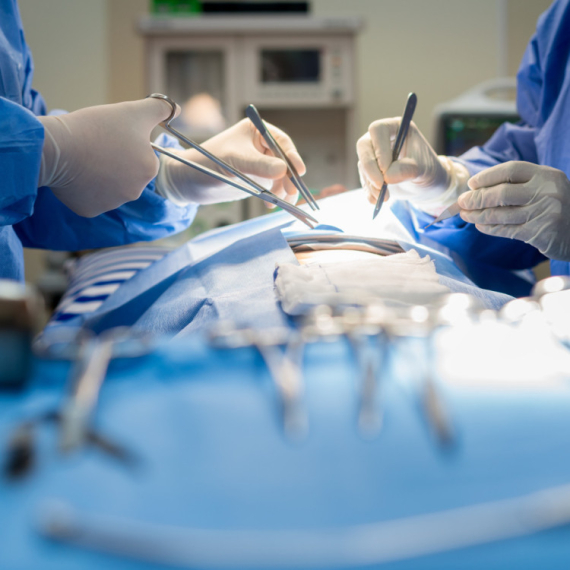
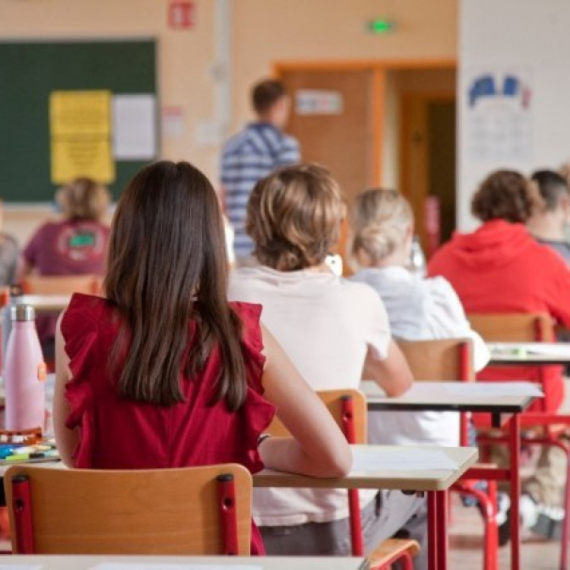
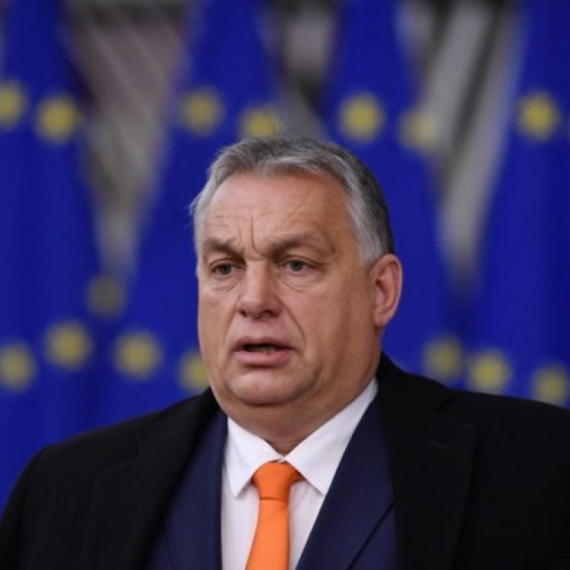
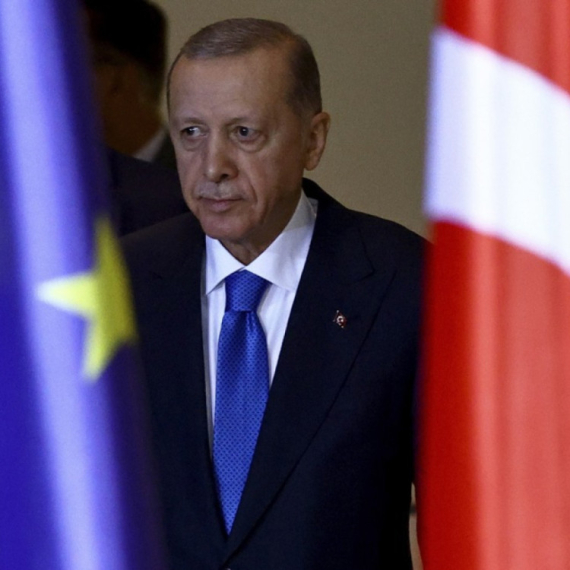
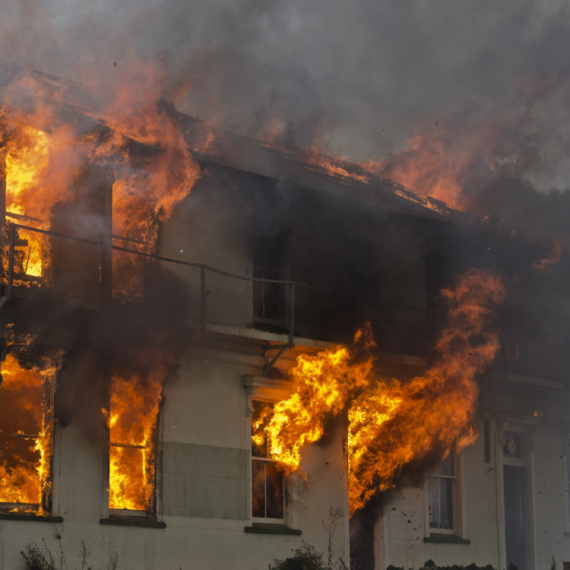
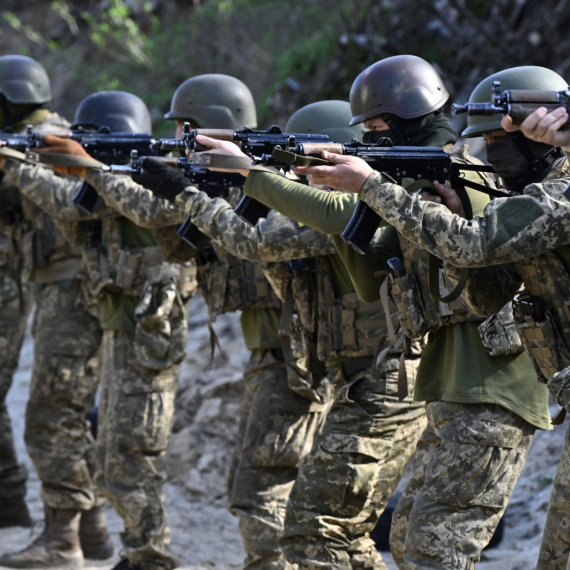
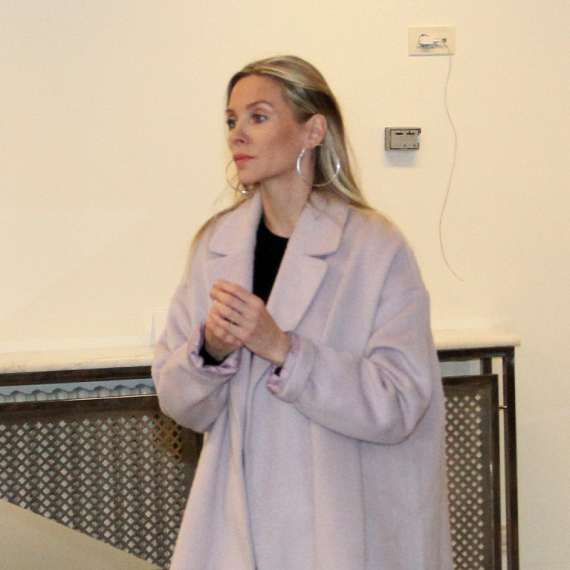
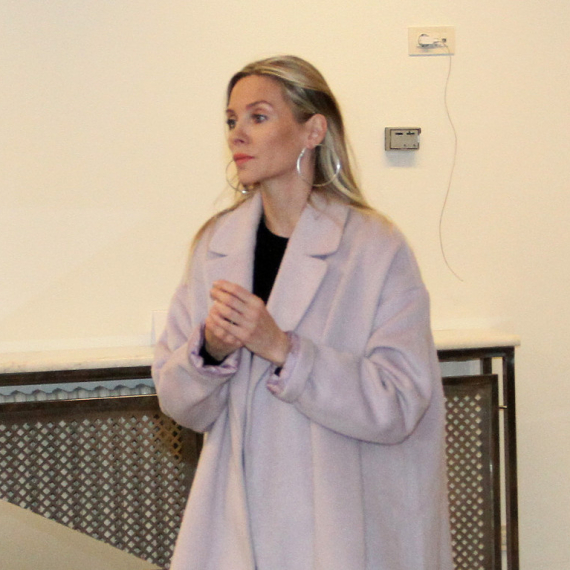
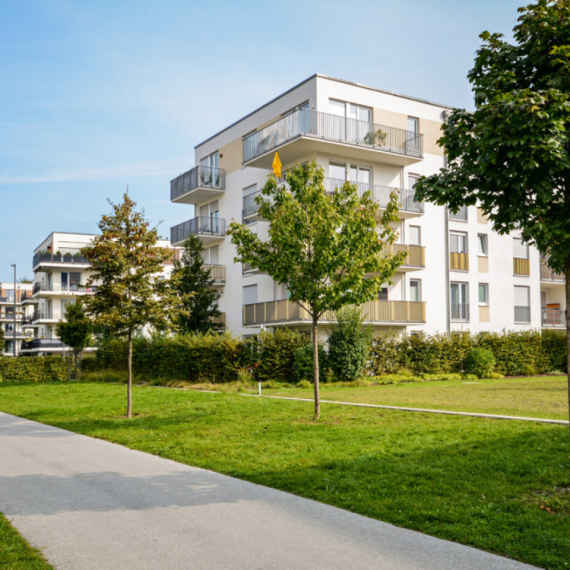
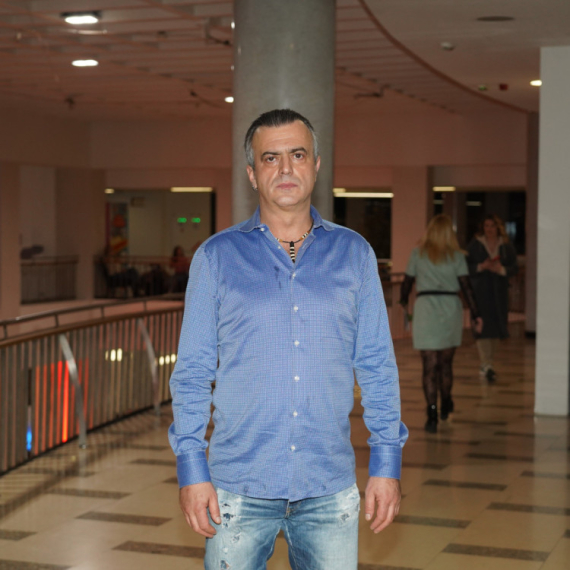
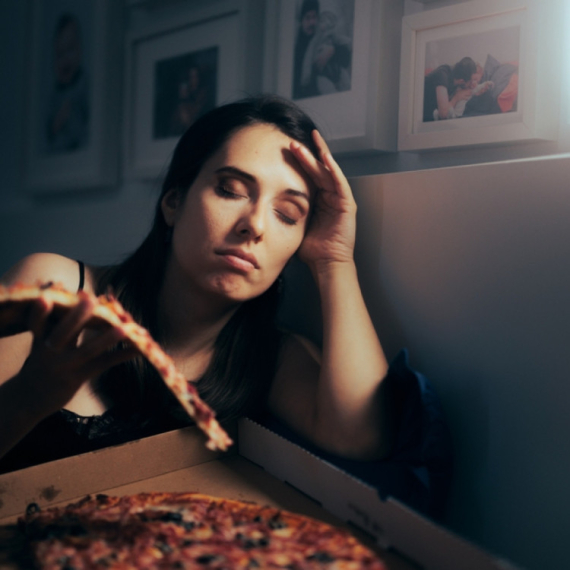
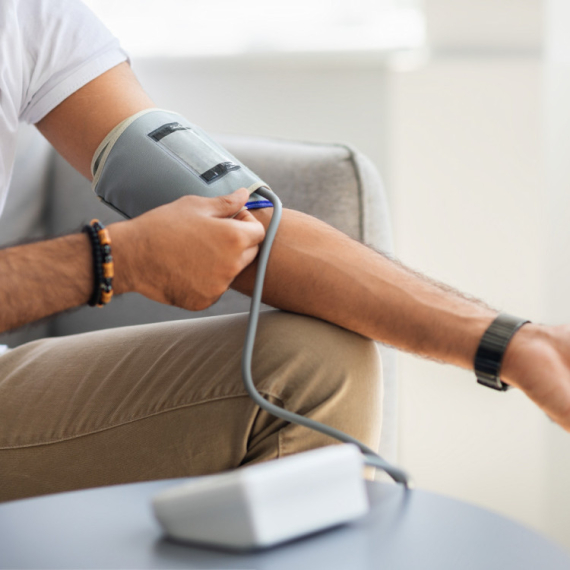


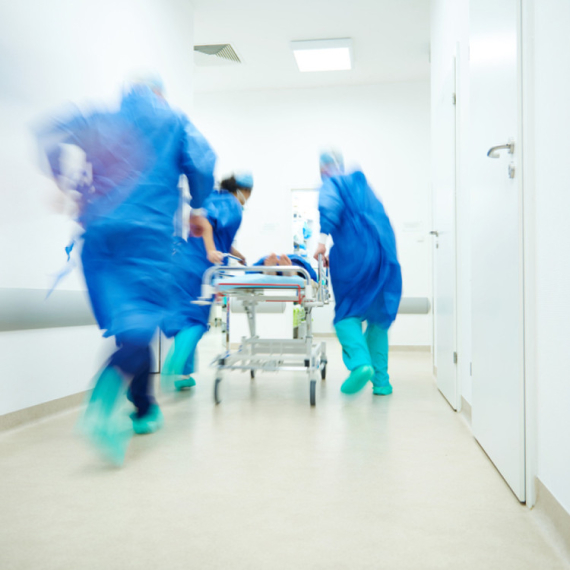

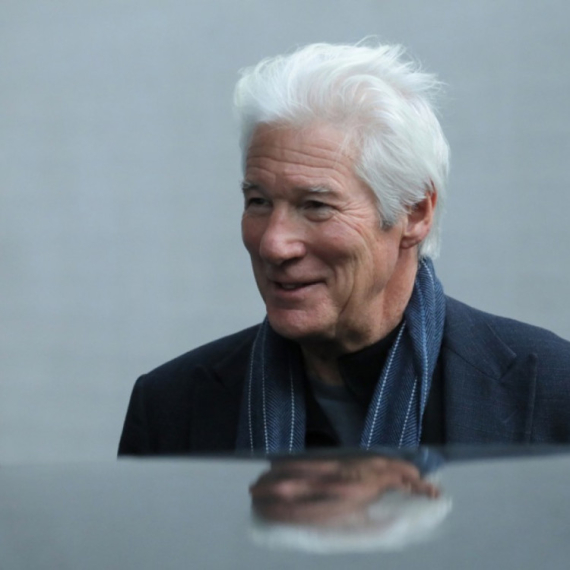

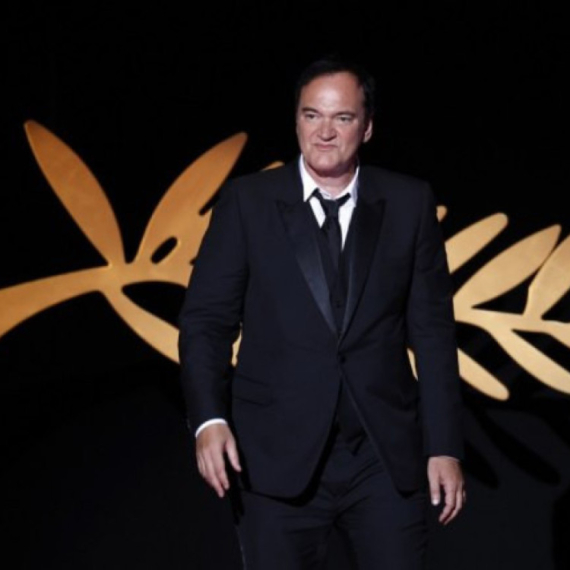




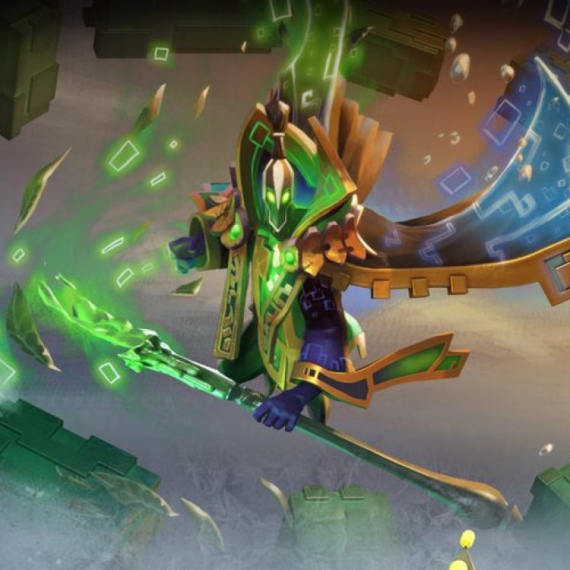
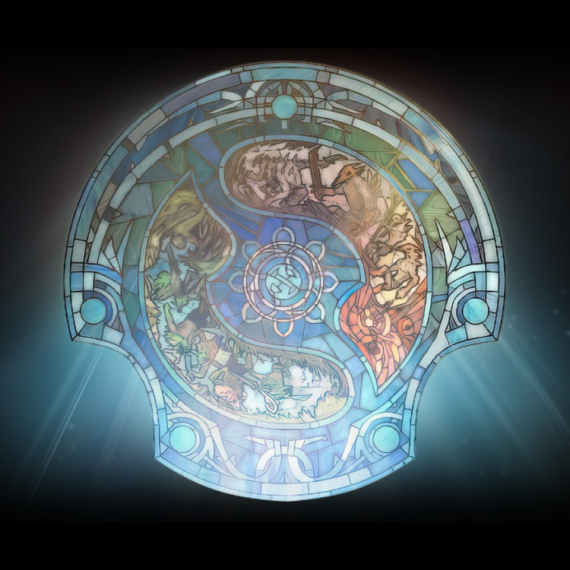
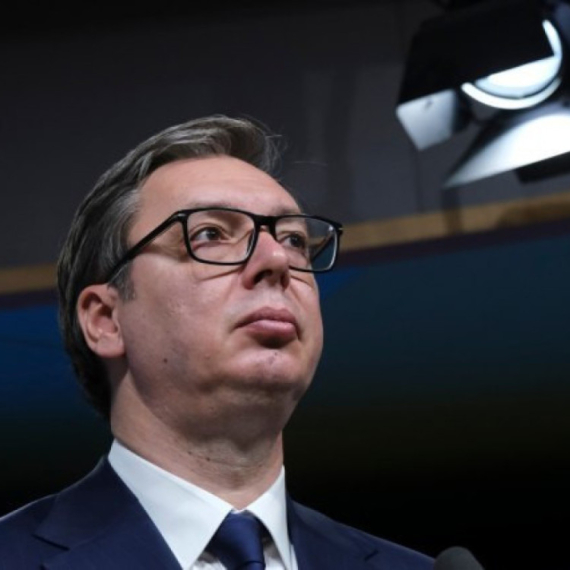
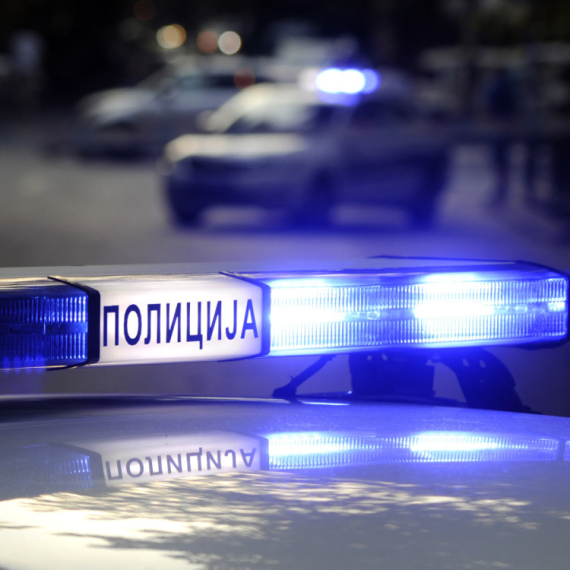
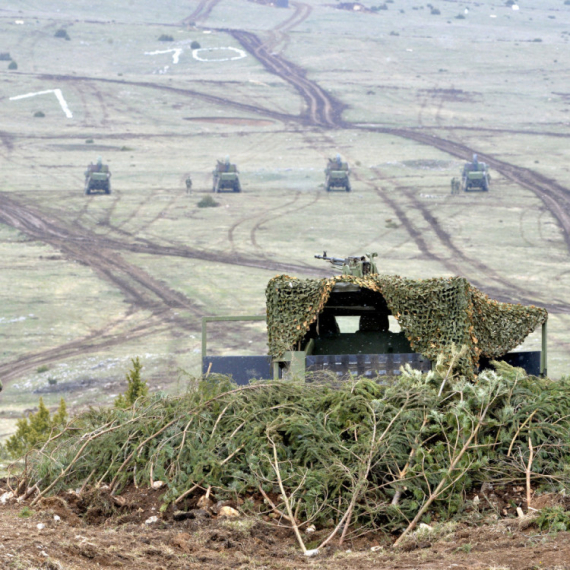
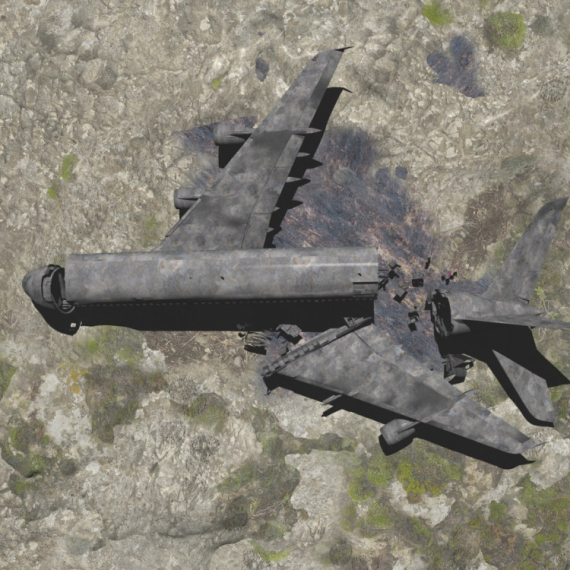
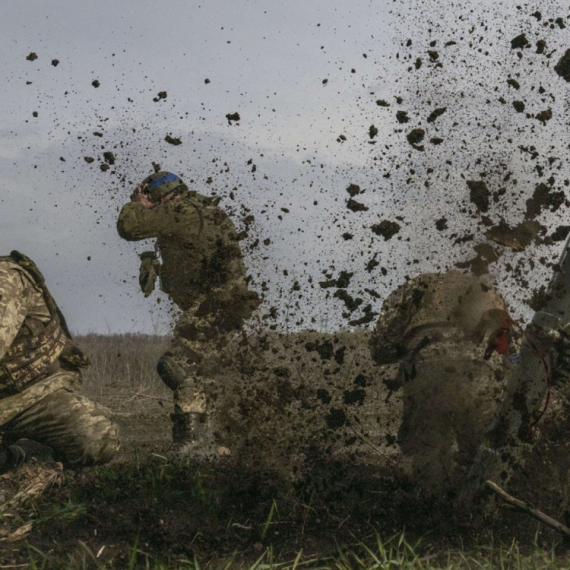

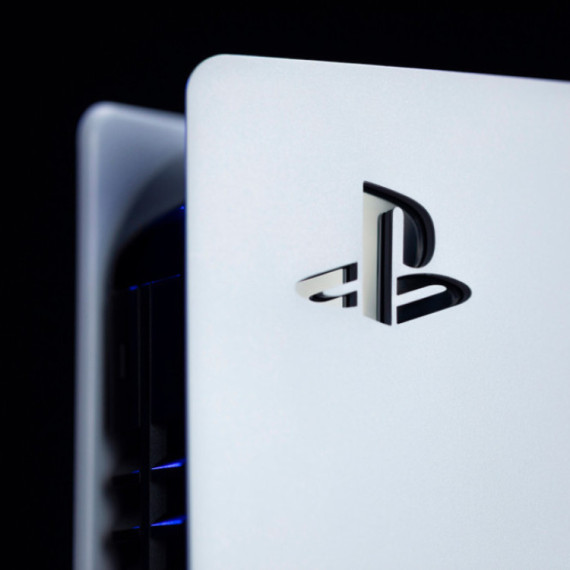



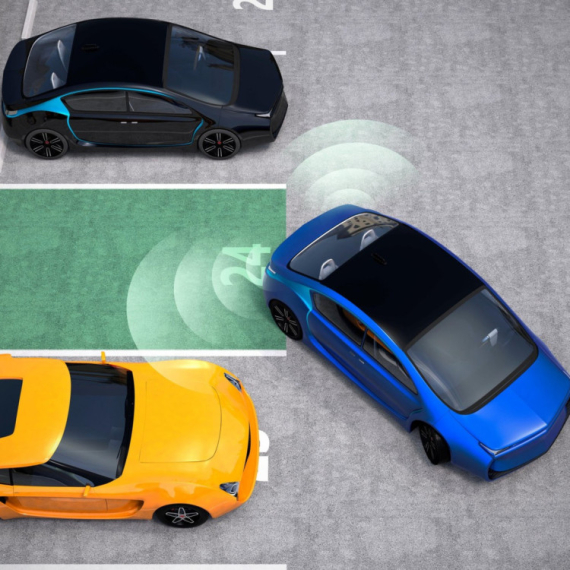


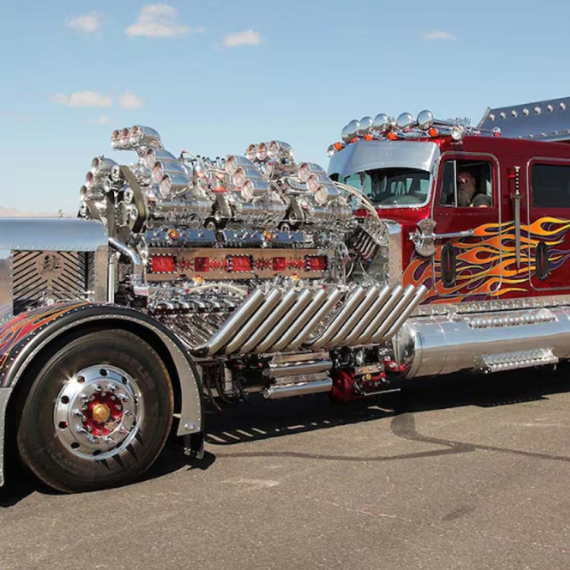


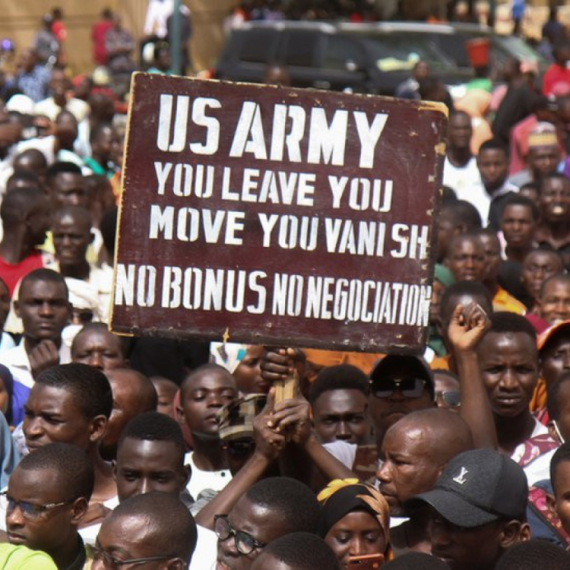
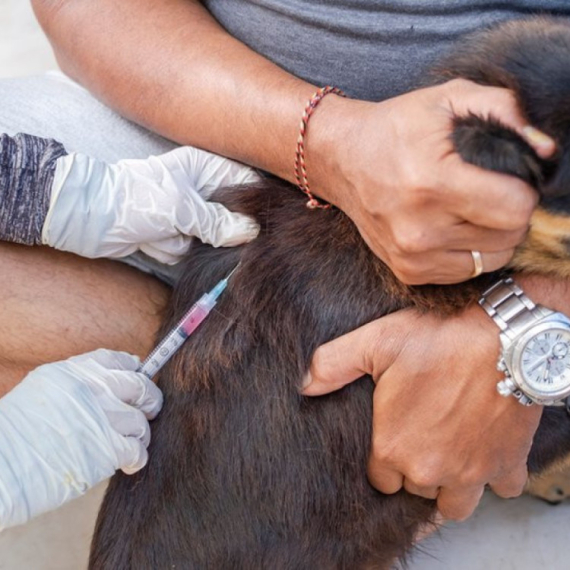
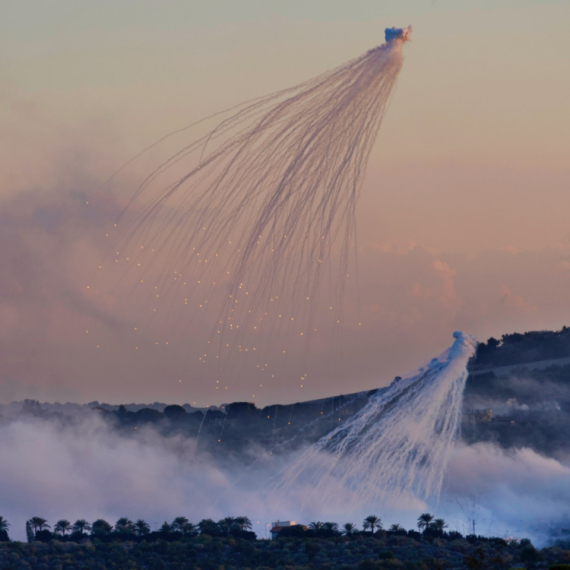
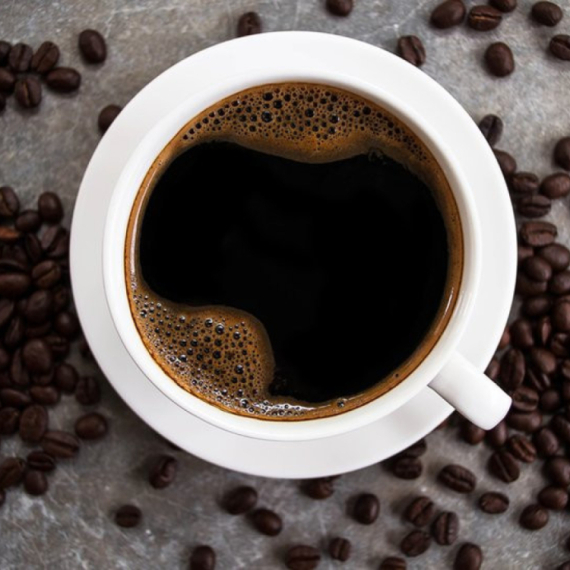

Komentari 10
Pogledaj komentare